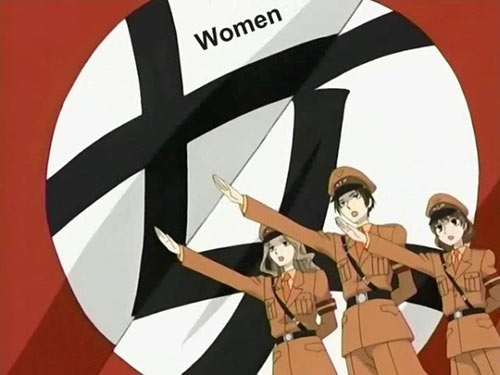Kanji, of course, are the characters that communicate meaning in written Japanese, imported from China around the 4th Century A.D. They look like random chicken scratches if you’re not familiar with them, but there’s actually a lot of logic built into them. For example, the character for “woman” is 女 (read onna on Japanese), which is incorporated into characters with related meanings, like 姉 (ane, older sister), 妹 (imouto, younger sister), 姫 (hime, princess) or 結婚 (kekkon, marriage). There are many situations in which you can guess what a character means based on what elements — called “radicals” — it contains. While mastering kanji is a big challenge to Western students of Japanese, I found the best approach was to embrace the difficulty, jumping in despite how hard it can look at first, starting with easier manga and singing songs at karaoke. Also, focusing on reading skills and worrying less about learning to write kanji is a good idea, since in the age of computers and cell phones almost no one hand-writes kanji any more, even Japanese people. If you’re interested in learning kanji (either a little or a lot), J-List just happens to have a great selection of textbooks, study notebooks, flashcards, and so on.

Biting social commentary from Ouran High School.















